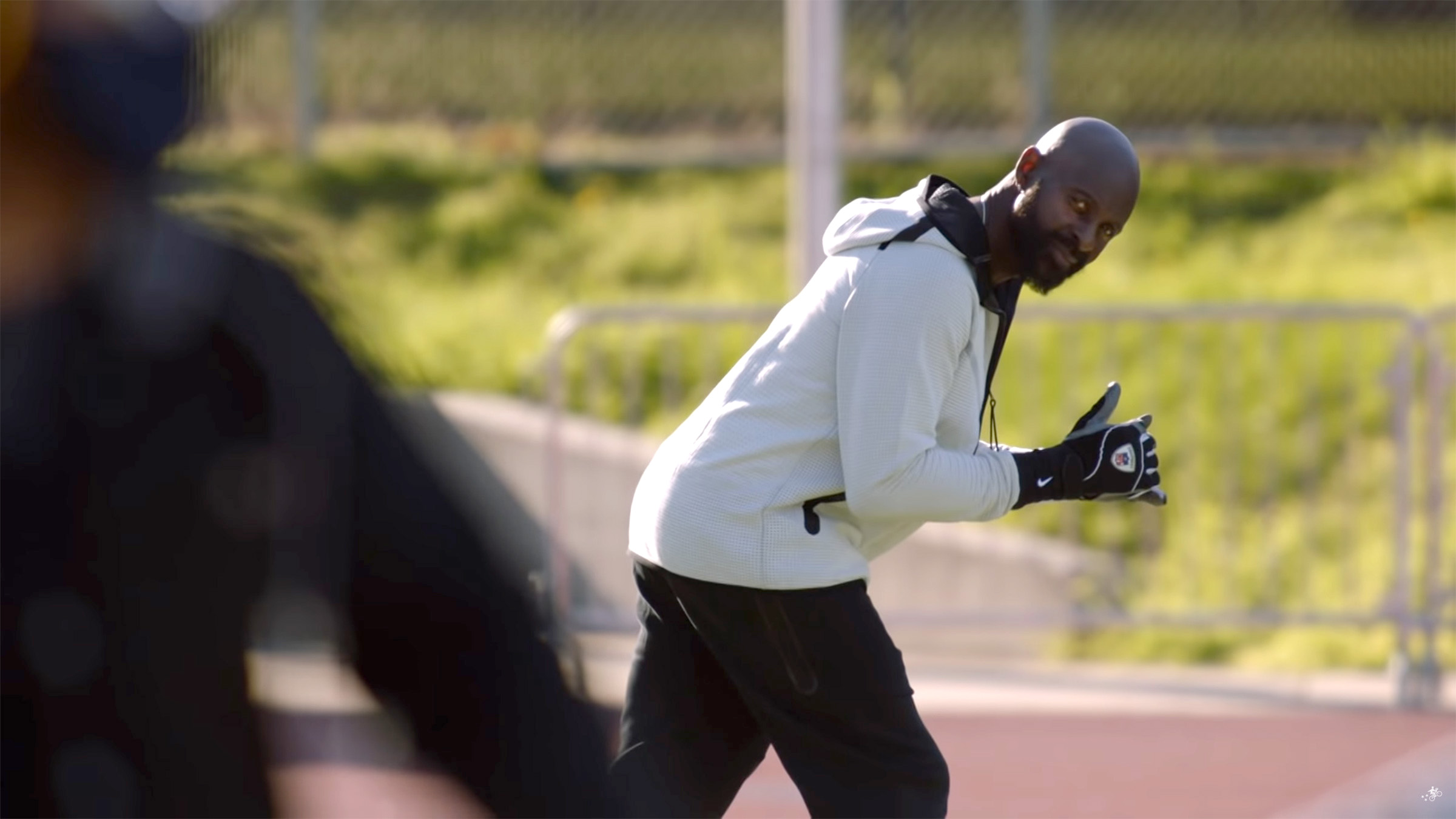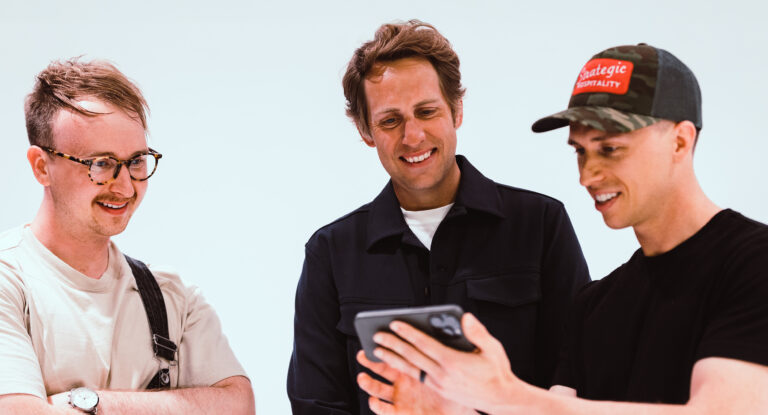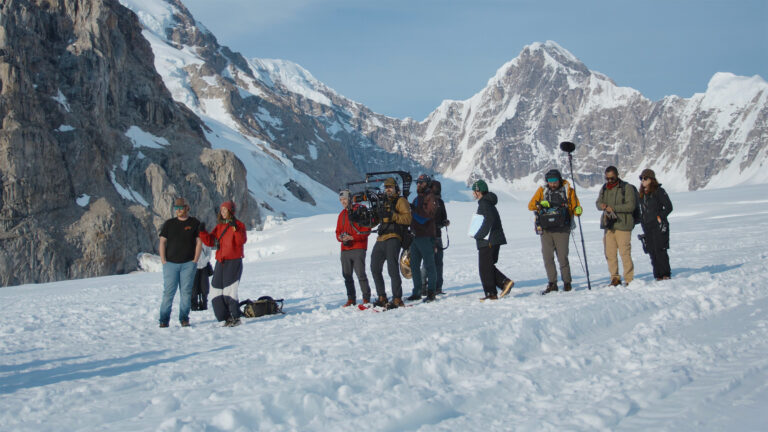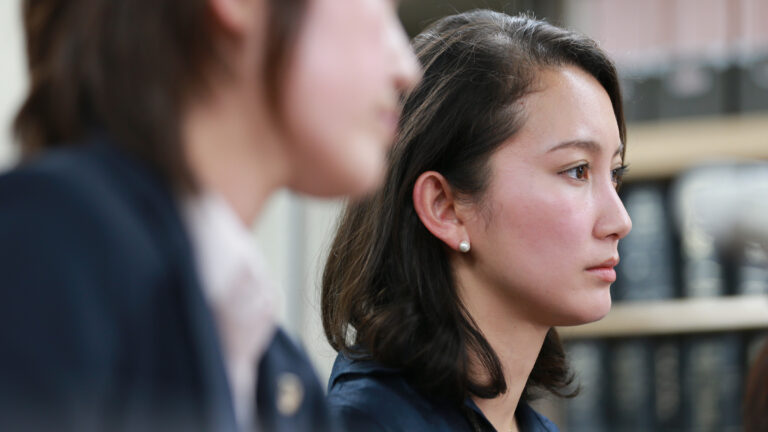You don’t have to talk to the team at Think Out Loud Studio for long to know they’re a tight-knit crew.
Founders Casey Schendel, Matt Cross, and Avery Bazan have spent years working together in full-time roles and side hustles, even before they came together to start this Bay Area studio.
But it takes more than a few friendships to build a successful creative agency. You need vision, style, and a lot of technical know-how. So just what is it that keeps clients like Tesla, DJI, and AirBNB coming back to their door?
In this installment of Made in Frame, we dive into the workflow tools that help Think Out Loud Studio work fast and stay creative.
Not falling far from the tree
It’s easy to see where Think Out Loud Studio’s keen creativity and strategic mindset got its roots.
The team touts an impressive number of big brands in their collective résumé, which has allowed them to cross-pollinate with some of the best talent in the Bay Area.
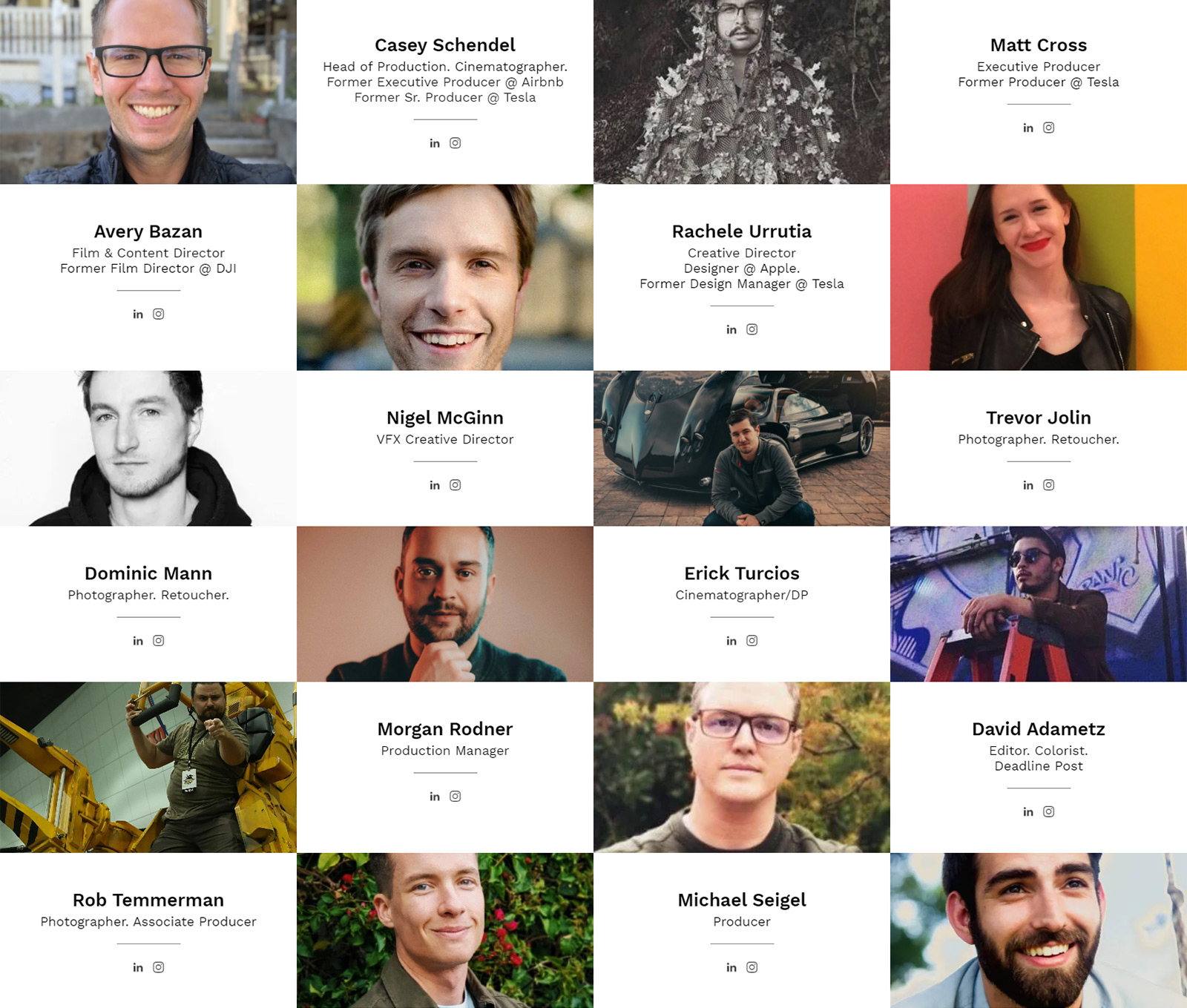
This track record gives them clear insight into the needs and motivations of clients from the top end of town, like Postmates, Snowflake, Tesla, DJI, Audi, and Airbnb.
But it wasn’t until the pandemic that Think Out Loud Studio really found its feet. After restructuring inside their respective companies during the first lockdown, Casey and Avery began looking for new roles early in 2020. Around the same time, Matt left his job to start freelancing. And that’s when they decided to take the next step.
As Casey explains, “it was a period of complete uncertainty.” But even though their future was unclear, the answer was obvious. And so, Think Out Loud Studio was forged.
But starting a company is the easy bit. Making it successful—especially when corporate budgets are shrinking and clients are more risk-averse than ever before—is the tricky part. So, the first thing this newly-fledged creative agency had to do was differentiate itself in an already crowded field.

Standing out
As head of production, Casey says the key to success in this business is knowing how large firms think, and being able to speak the same language.
“A lot of our clients are corporate,” he says, “and part of our pitch at Think Out Loud Studio is that we’ve all been in-house at big companies. We understand how they work, and we want to be an extension of their team throughout their projects.”
Content director Avery expands on this. “Creative Agencies that work for top tier brands often work in more managerial capacities, ensuring the overall creative direction for specialized assets like video,” he adds. “We pride ourselves on really diving into the creative direction they set, and delivering solutions and ideas that fit within their framework.”
Having seen this firsthand, Matt offers his own experience, noting how the relationship between large firms and creative agencies can go awry. “Sometimes a company might hire a production team and then realize ‘I don’t really know what to do with you,'” Matt says.
“We’ve worked on both sides of these relationships, and so we have the experience to bridge those gaps pretty effectively.” That’s why Think Out Loud Studio’s inside experience is so vital.
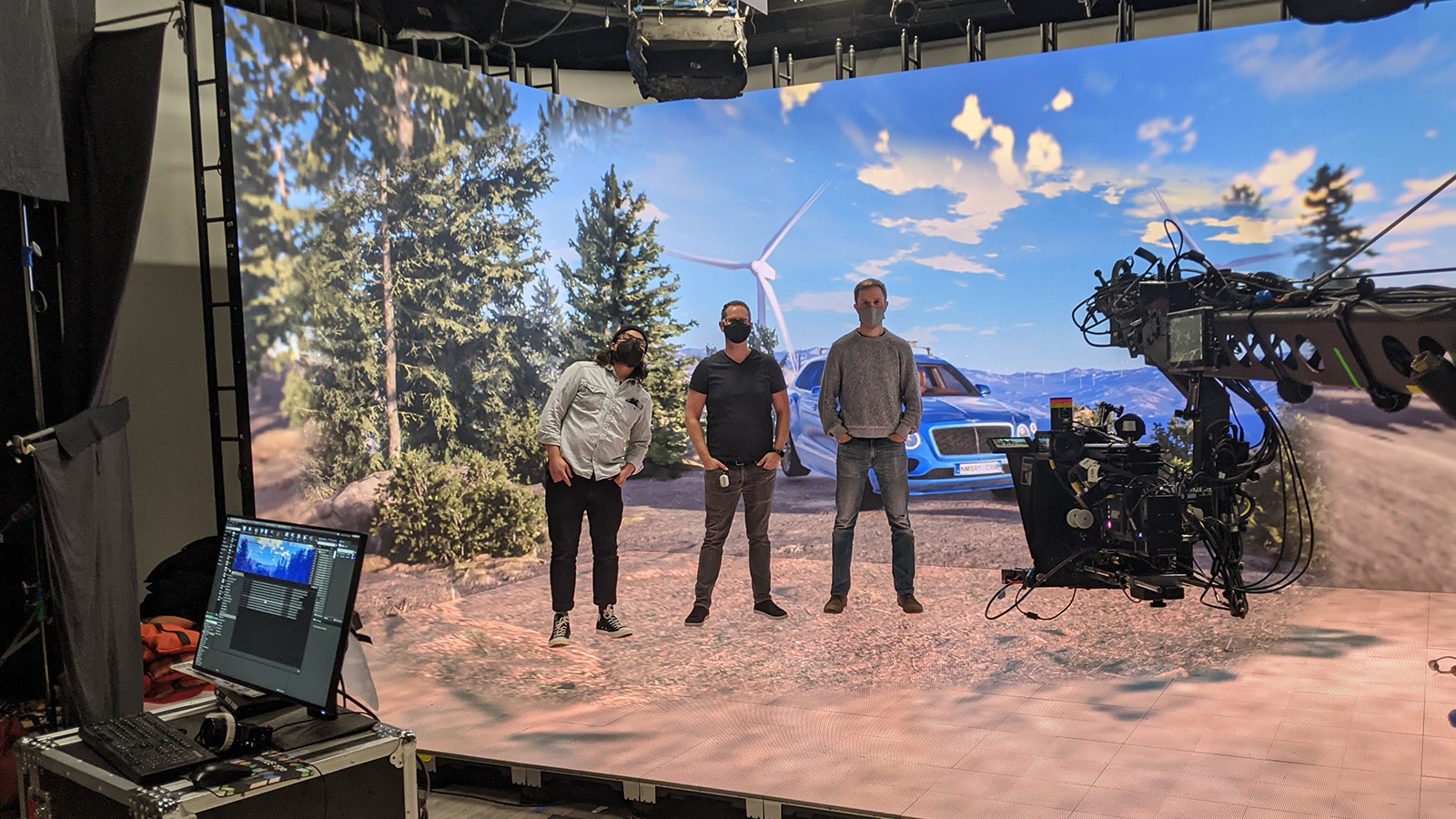
But as Casey adds, succeeding with big brands also means being prepared to work the hours required to get the job done, on time, and on budget. “A lot of our clients work to the last minute, and one of our specialties is working in ambiguous, high-pressure environments.”
And when time is precious, your toolkit matters.
“Since June 2020, we’ve really been pushing hard and growing the company, quickly iterating and expanding our workflows, and asking ourselves what tools and services we want to use,” he says.
The right tools for the job
A lot of these workflow decisions have been defined by the tools large teams already trust. And this includes Frame.io.
Avery, Matt, and Casey all used Frame.io extensively during their time at Tesla, DJI, and Airbnb. And now that they’re working with big brands on projects that span multiple internal departments, getting clear, immediate feedback and faster sign-offs through Frame.io is essential.
But it’s only one component of Think Out Loud Studio’s everyday infrastructure.
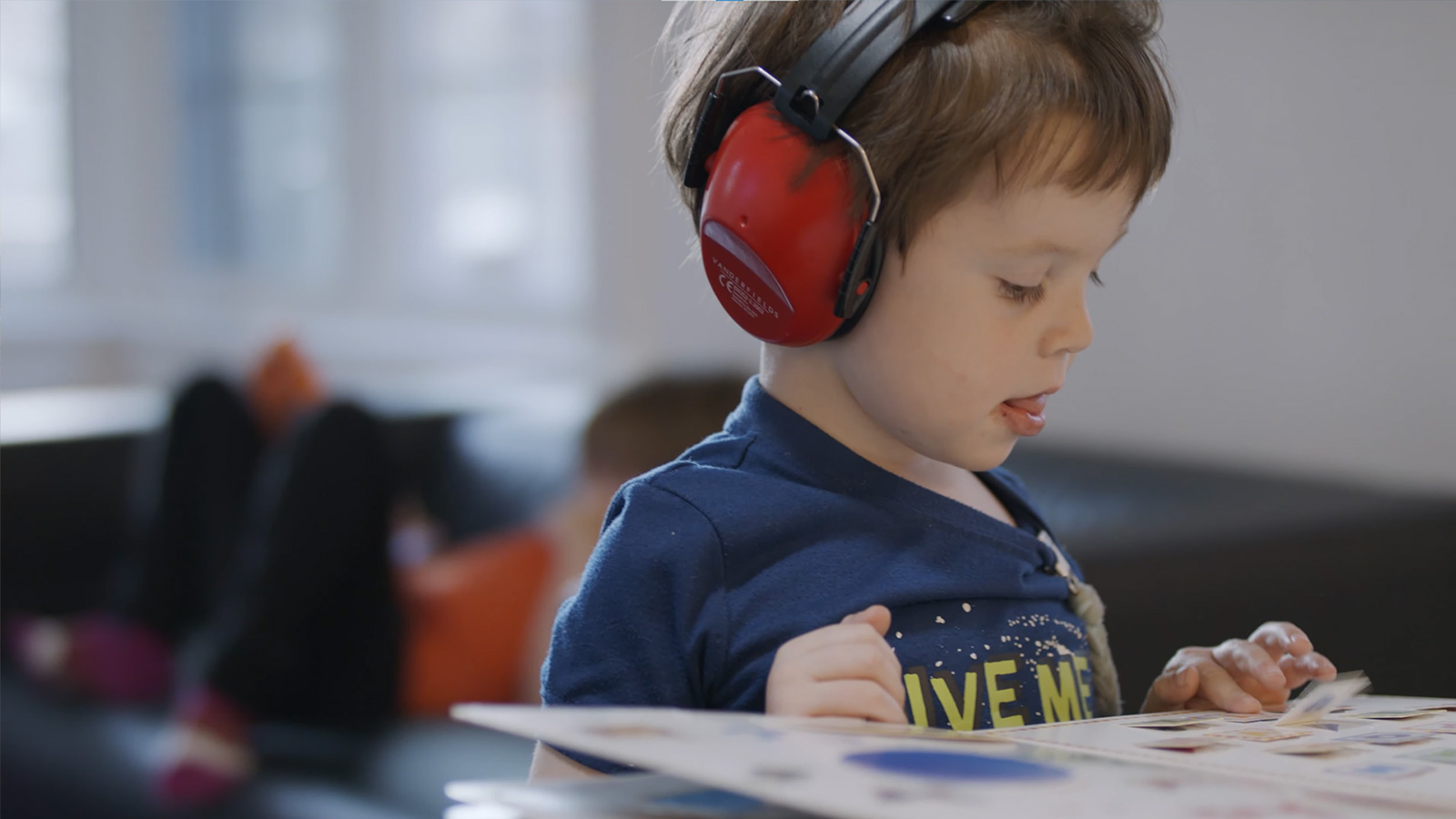
“We were adapting to this remote, pandemic world,” Casey continues, “coordinating between our remote editors and motion designers.” They needed a way to quickly move large assets between stakeholders, and that’s when they found MASV. According to Casey, “it was the easiest thing ever.”
Compared with consumer-grade solutions like Dropbox and Google Drive, they found MASV to be faster, more dependable, and much easier to manage. The simplicity of MASV’s client portal—which allows contributors to upload assets without needing a login—really sold them on the service.
As Casey puts it, “Here’s one link, no questions asked. Access it, upload it, and then we’ll receive it. It’s seamless for everyone involved.”
But it wasn’t until they began work on The Last Catch campaign for Uber-owned food delivery service Postmates that they discovered that Frame.io integrates directly with MASV. And that put an entirely new spin on things.
Game changer
Think Out Loud Studio was called in to work on Postmate’s light-hearted ad campaign that heavily emphasized their core brand message: lightning-fast food delivery.
And what better way to do that than to use a custom-designed air cannon to launch a burrito at 250mph?
The concept evolved from the weekly Game Time with the GOAT social series that features Rice, which Think Out Loud Studio had worked on with Postmates throughout the NFL Season.
During the project, Postmates creative director David Kim mused that having Jerry Rice’s record-breaking hands at their disposal and not asking him to catch something was probably a missed opportunity.
As Matt explains, the team eschewed a more conventional approach in favor of something more left-field. As he puts it, “instead of just licensing NFL footage, we wanted to make something new.”
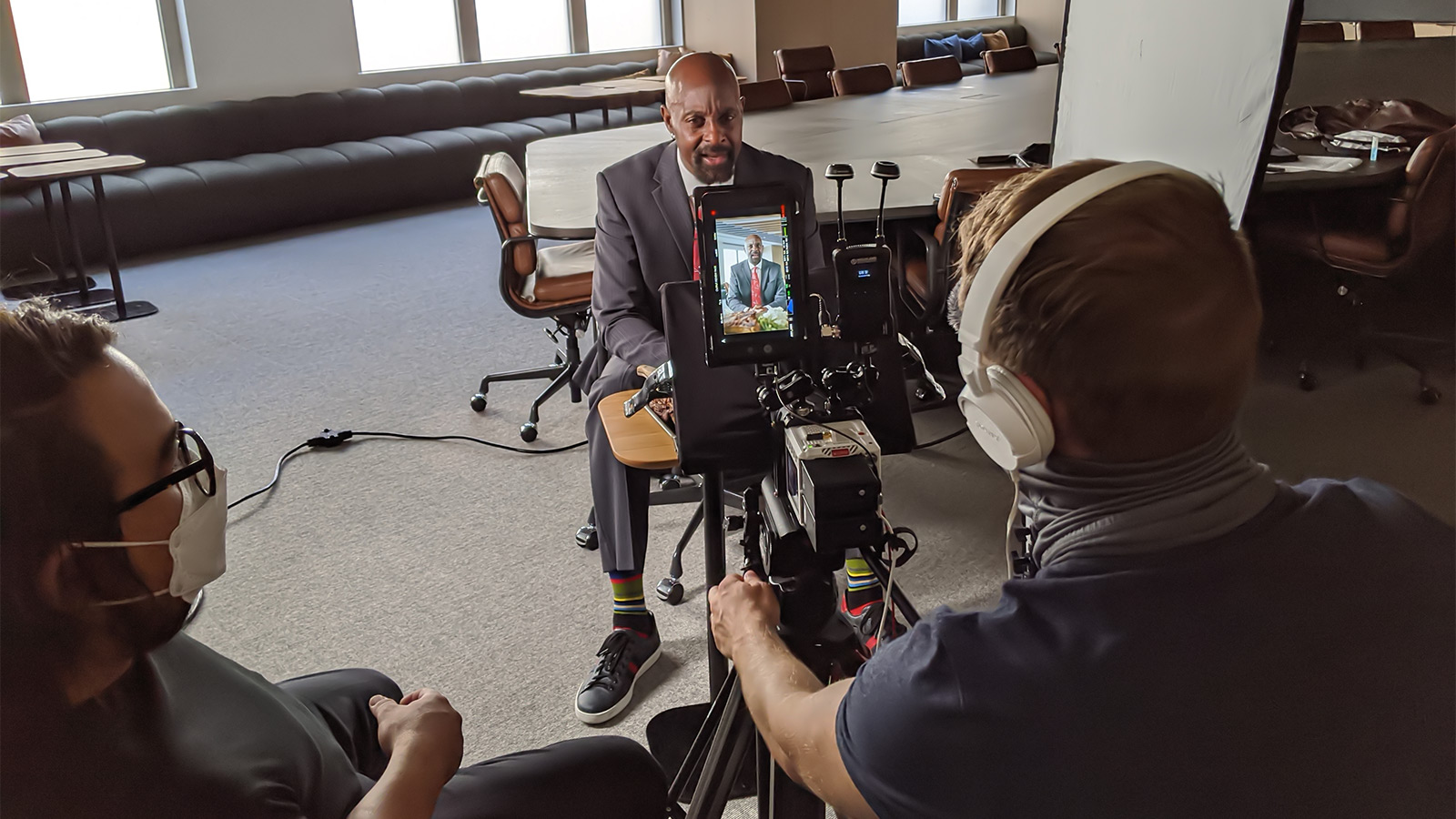
So the group built on that idea, and with a view count of over 3 million on YouTube alone, it’s safe to say that the campaign was a success.
All systems go
When you’re working with big name clients like Postmates, and big time talent like football legend Jerry Rice, you need to make sure that you’re on top of your game.
But with MASV integrated into their Frame.io workflow, Casey, Avery, and Matt knew that they had a winning combination. This integration allowed them to manage the project contributors from the same place, and to ensure all their assets ended up where they needed to go, but without the fuss of onboarding new users or security issues of sharing logins.
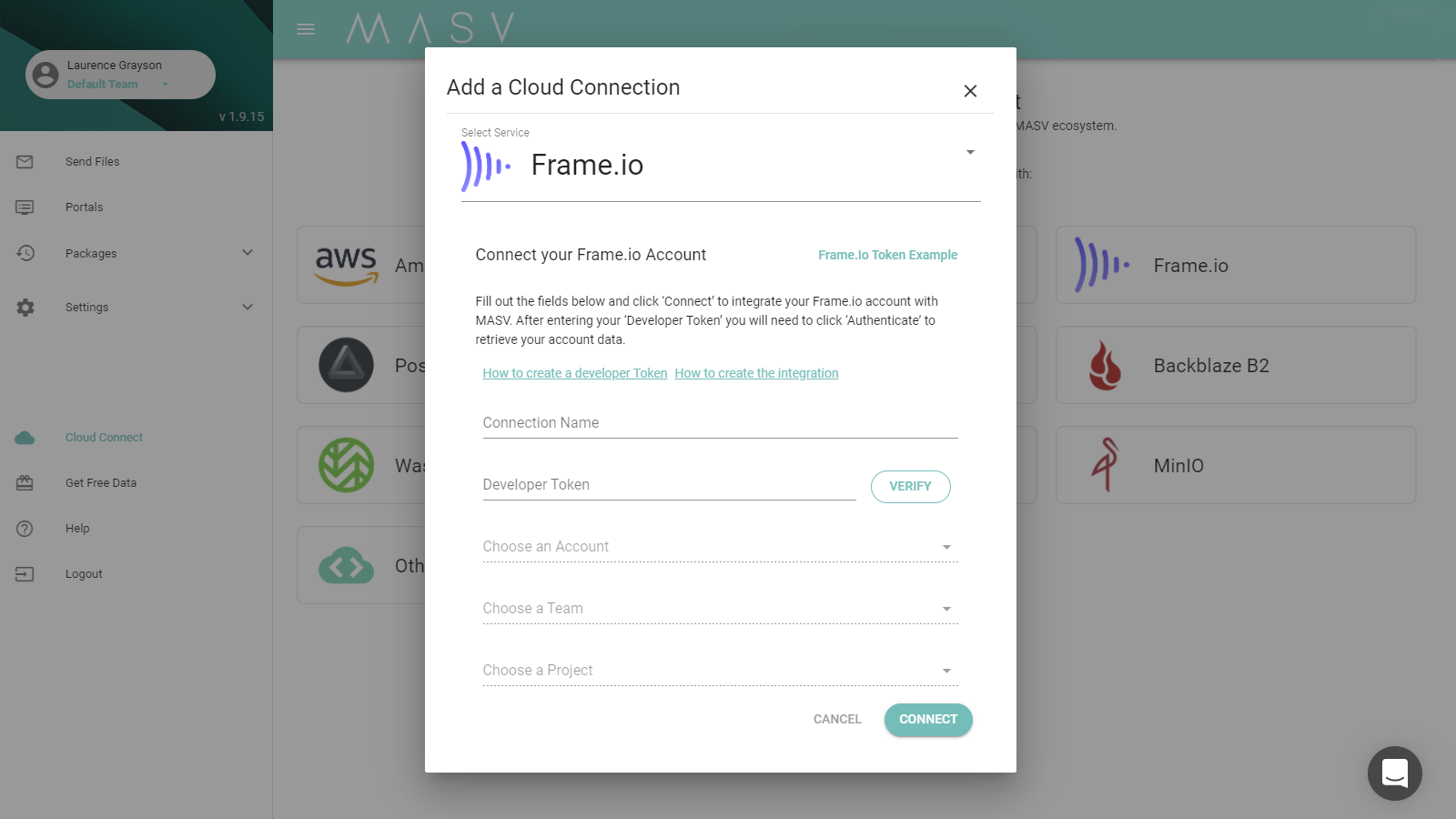
It was simple to set up, too. With Frame.io’s API, the team got set up in minutes and was able to manage the transfers into Frame.io directly inside MASV’s Cloud Connect Hub. And like the best tools, it just worked.
“In my previous role, we used Frame.io as a repository for everything—footage, finished versions, everything that we could possibly need to pull at a moment’s notice. With Think Out Loud Studio, we’re doing pretty much the same thing,” says Casey.
“But adding MASV into the mix makes it a seamless experience for any clients, contractors, or team members we’re working with, which keeps the project moving. We can easily share all the files, get first looks at content, get notes right off the bat, and do live reviews over Zoom. It’s very flexible.”
For The Last Catch, which required collaboration between NFL Films, Postmates’ creative team, and Think Out Loud Studio, the Frame.io and MASV integration was the glue that held the project together.
“It was just the greatest workflow. Just showing up, shooting, dumping the cards, and uploading. The editor’s got the footage, and we’re turning things around in three days,” Casey says.
“We’d also upload all the BTS content for the NFL Films team to evaluate and see what was working for The Last Catch, see what they wanted to do, and how they wanted us to pitch the narrative. It made the collaborative process just like sitting in an office together.”
As Casey explains, it made things run super smooth for everyone.
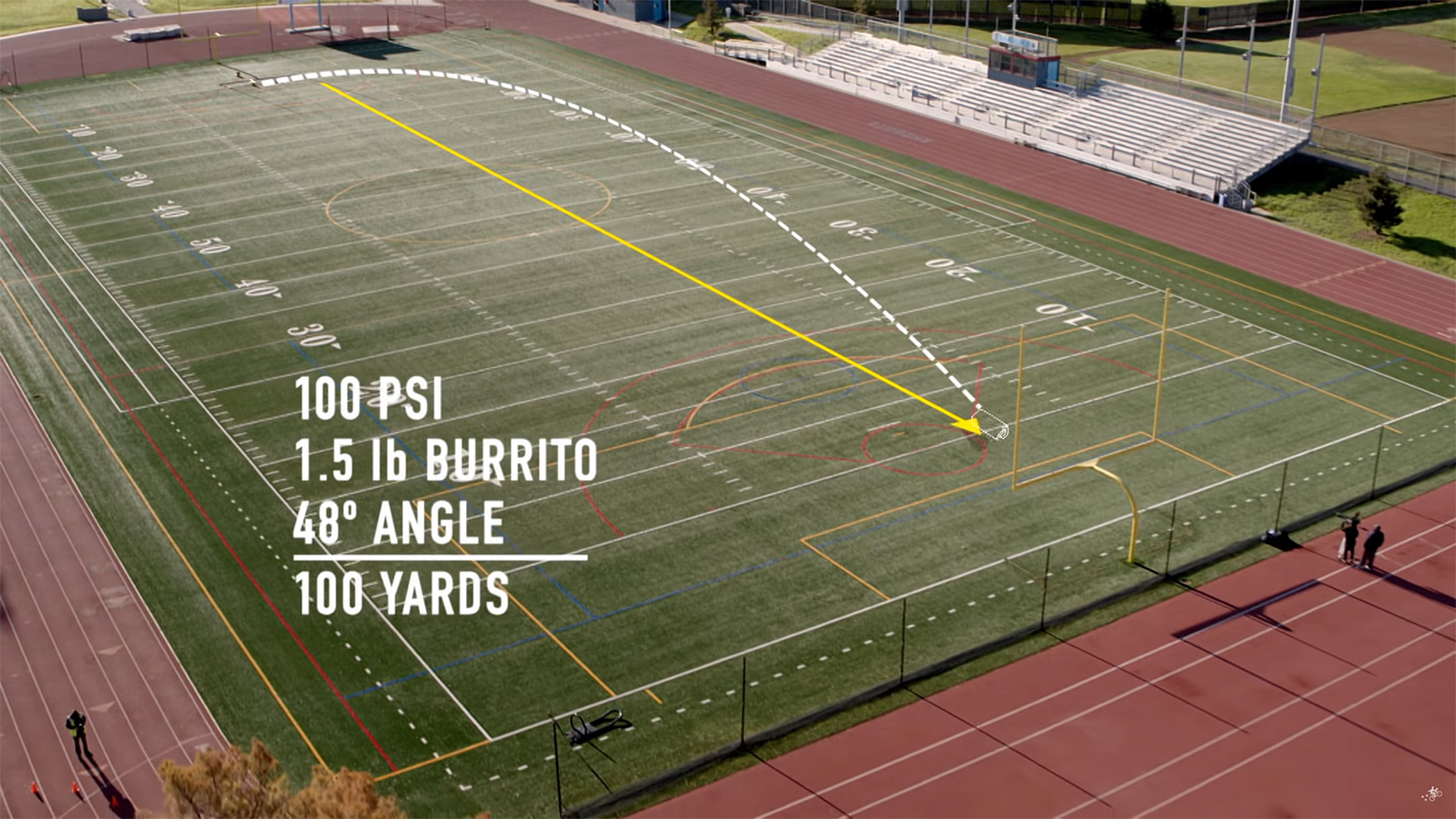
“On the client side, they can upload the files they already have and that we need for a project. And it makes things easier for us, too. Instead of having to wrangle a mix of Dropbox, Google Drive, and WeTransfer we’re able to streamline everything on our end. Whatever you have, get it up through MASV into Frame.io and you’re set to go.”
And in case you’re wondering, yes, Jerry Rice really did set a record for longest reception of a burrito. But because of the burrito’s vague trajectory and tremendous velocity (it could punch through a wooden board), it took over 40 attempts. But according to Matt, Rice remained cool and completely professional throughout it all.
Reaching for the summit
With this workflow set up and The Last Catch wrapping, the team moved on to a longer-form project with Snowflake.
Snowflake is a $60 billion company, and one of the most talked-about companies of 2020, so it was an impressive fish to catch for this relatively young creative agency.
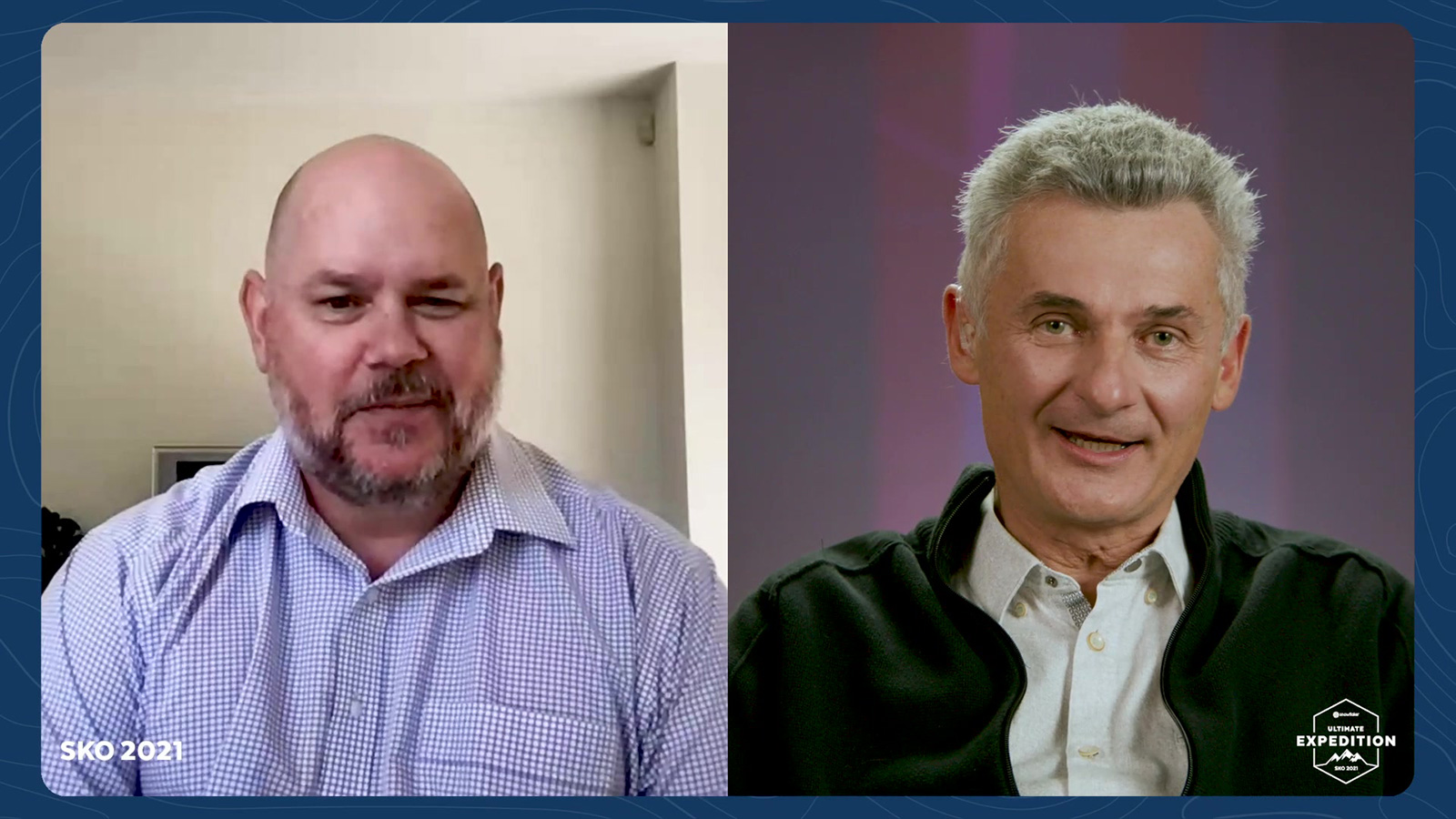
The project was split into two. First, they tackled executive keynotes, cut with remote recordings and Q&As to be used in a two-day sales training event.
The second component was an expedition short film, recorded on location, uphill, and in the snow, which presented some unusual challenges (none of the crew were familiar with snowshoes, and carrying a ReadyRig GS, Freefly Movi Pro, and RED Komodo didn’t make this an easy skill to acquire).
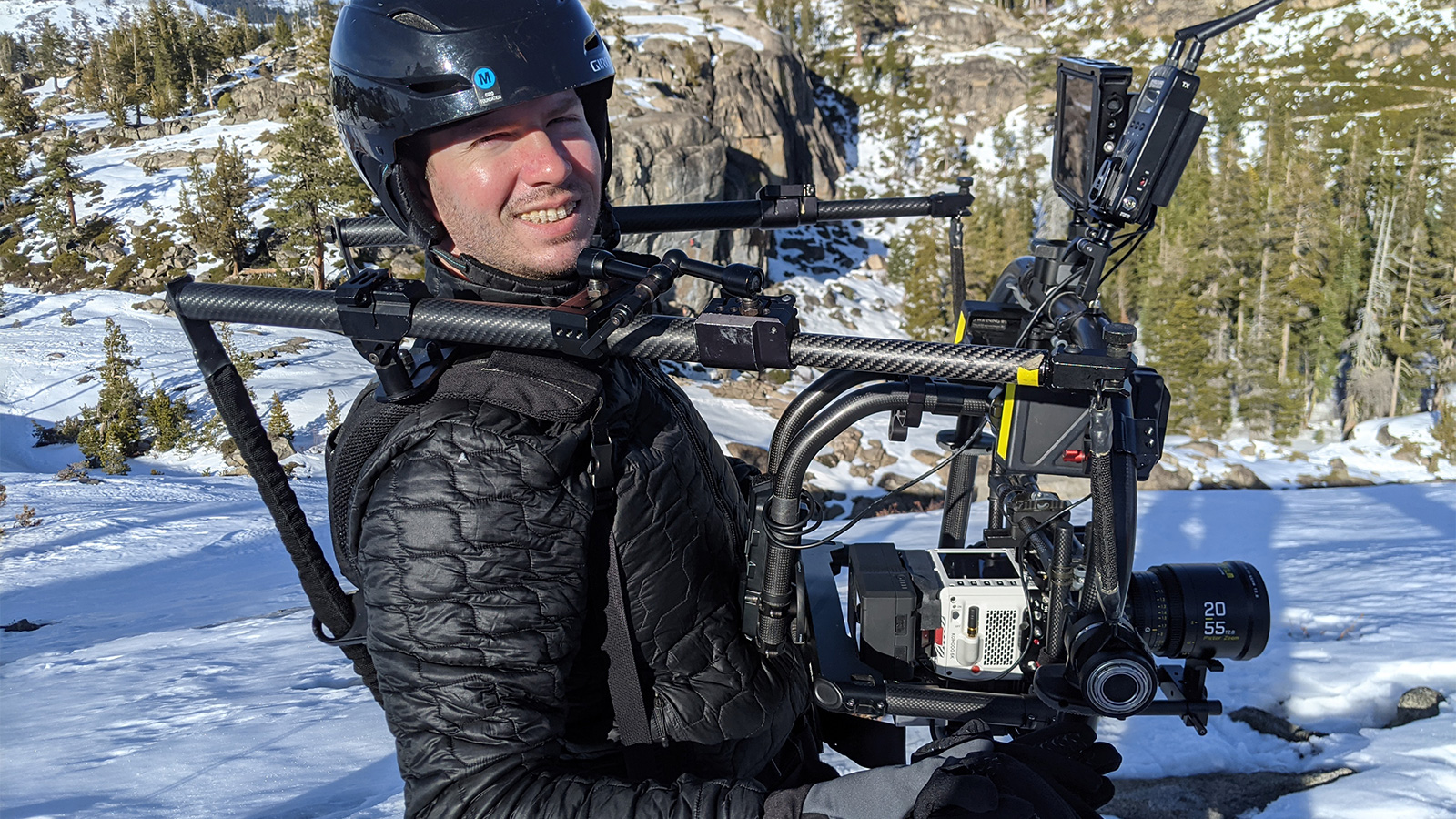
The footage was mostly shot in ProRes 422HQ, though the multi-participant remote recordings were recorded in ProResLT using vMix. Without the proxies, the OCF added up to around 12TB.
It made a seamless workflow between our team, the colorist, two vfx artists, and the composer.
The team used Frame.io and MASV extensively during this project, especially when it entered the last mile. “When we moved into phase four—which was the custom score, vfx, and color grading—we used Frame.io to present all of the clips and assembly cuts,” says Casey. “It made for a seamless workflow between our team, the colorist, two vfx artists, and the composer.”
The team shared proxies with the editors, and then relinked the edits with the original files that had at HQ. After the edits were conformed, they would export high-quality versions as client proofs. Even though it was a familiar process, the team was still facing down a project deadline for around 30 concurrent deliverables.
As it turned out, Snowflake was already very comfortable with the Frame.io workflow, and specifically requested that it be used for all feedback and change requests.
Matt, in particular, relished the efficiency of the process, “Processes that could have been three, four emails long were super straightforward, instead.”
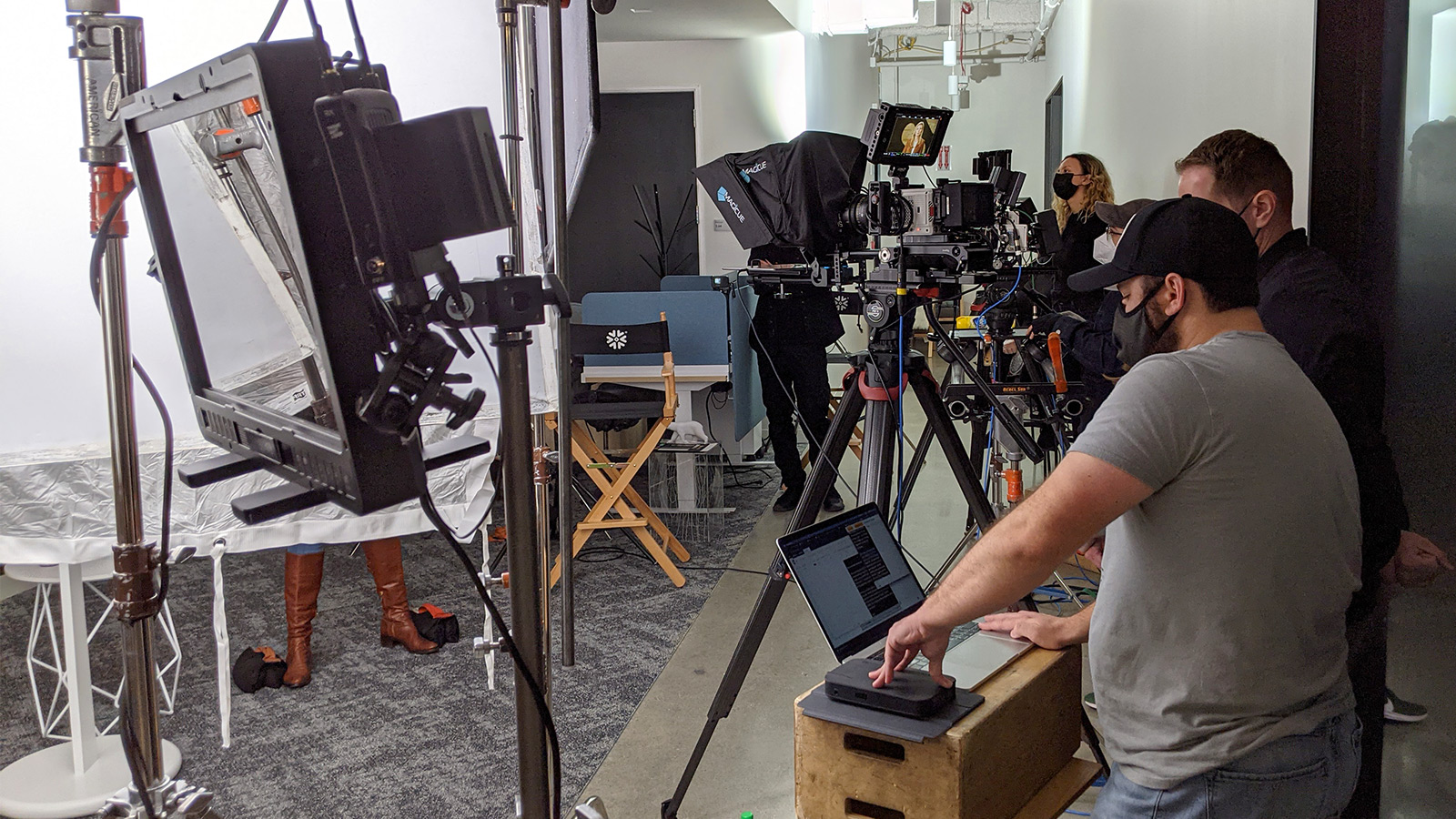
Think local, work global
Looking beyond these projects, Think Out Loud Studio director Avery Bazan sees numerous advantages to this type of workflow, even beyond streamlining day-to-day productions.
These types of tools, and the workflows you can build with them, are starting to shift the industry from geography-centered production to talent-centered production.
Traditionally, the production and post industry favored talent that’s close to where the work happens, like LA, NYC, and London. But cloud-based workflows have blown this model wide open, placing diverse skills (and rate cards) from around the world right within reach.
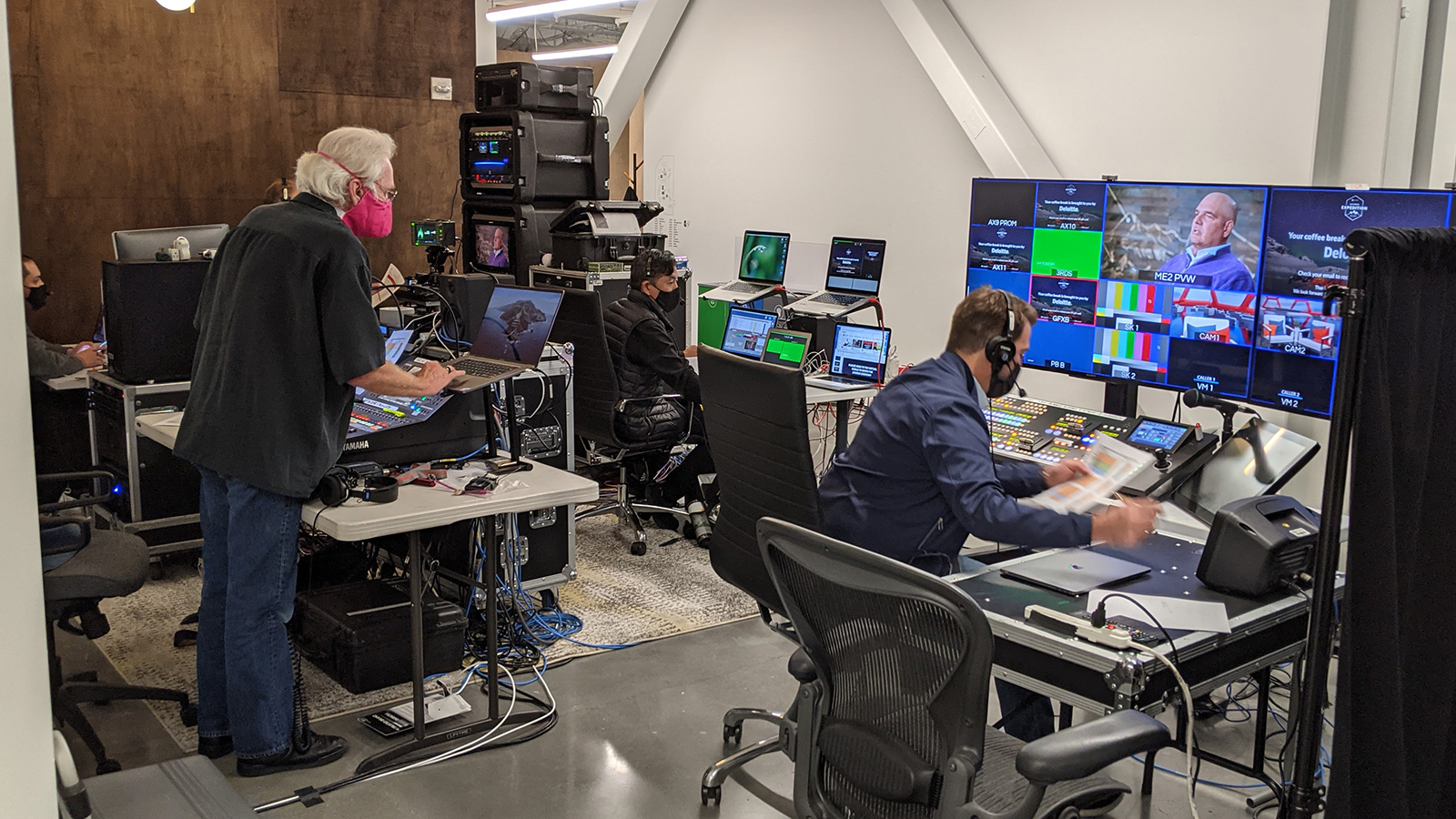
As Avery puts it, “It’s helpful to have the option to draw from anywhere in the world, and it’s also cost-effective. To be able to take advantage of international business markets like that represents real savings and ultimately a better product for the client.”
It’s a belief that Casey enthusiastically shares. “We’ve been leveraging MASV and Frame.io to build a business from the ground up. We don’t necessarily need to have employees who are local anymore, because we have these two tools to access and transfer footage and files between team members and clients, no matter where they are.”
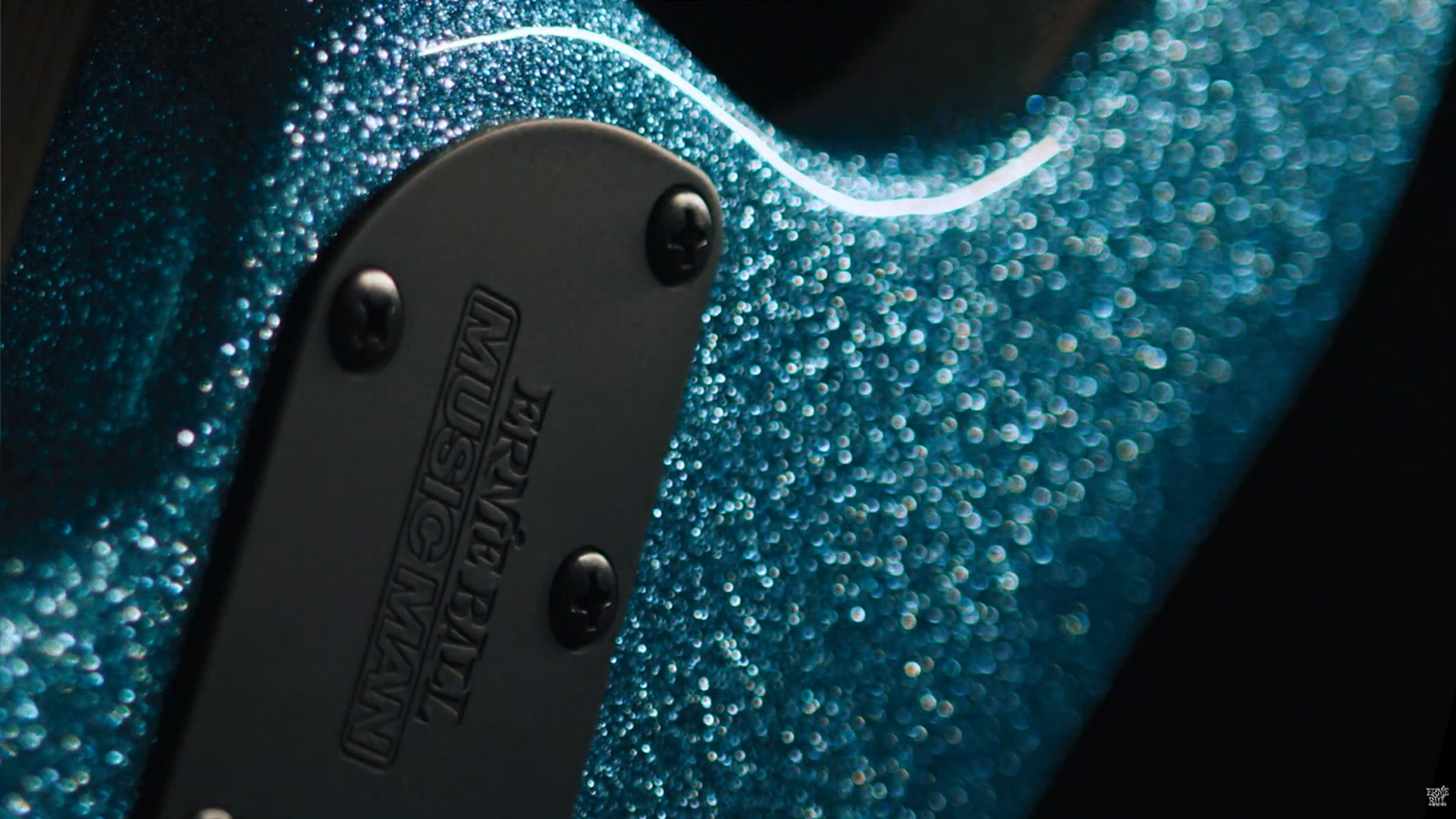
The way forward
Even though the team has built an impressive workflow already, they’re still looking for ways to further improve their processes. And they definitely have their sights set on Camera to Cloud.
“If we’d had C2C back in January? Oh my god, we did so many remote record sessions with one of our clients, and we had to go from external recorders to ProRes, then ship proxies to our editors,” Casey exclaims.
“If we’d had C2C with Postmates, we would have had our editor live on the other end, receiving the files, and participating as our script supervisor. They’d get to watch live, plus they’re getting the clips immediately, so everything’s fresh and they can just jump right into it.”

He also points out that C2C makes resource planning simpler when you know your post-production crew is getting what they need right away, instead of having to wait until the upload is finished.
“C2C technology is a game-changer,” he concludes.
Not their last word
A close-knit team of creatives starting a new punchy young company that’s bringing in the big brands? That’s quite an achievement under normal circumstances.
But doing it in the middle of a pandemic? That’s something else entirely.
Think Out Loud Studio has carefully chosen their tools and honed their workflow to enable them to work as efficiently and creatively as possible. In combination with their deep experience working with large brands, it’s clear this Bay Area bunch is one to watch.

